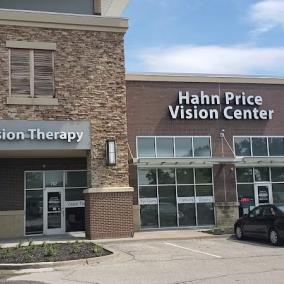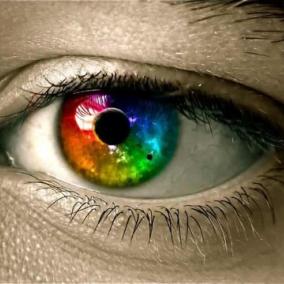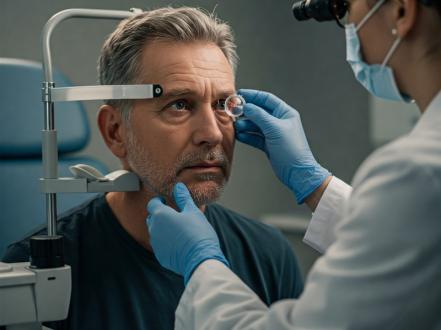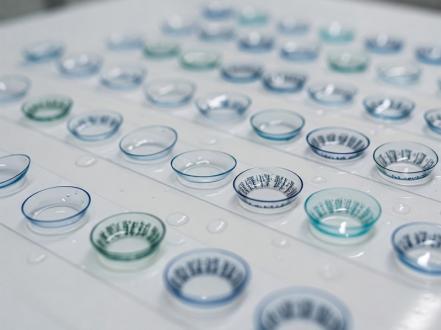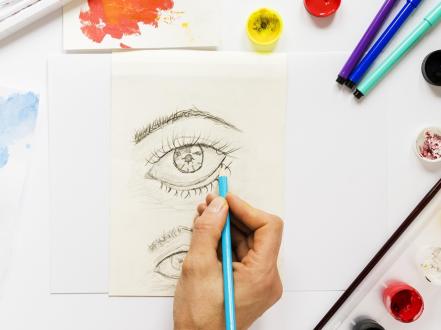Dry eye syndrome, also known as keratoconjunctivitis sicca, is a common ocular disorder that presents with symptoms such as dryness, discomfort, and visual disturbance. This condition affects a significant portion of the population, especially individuals over the age of 50. While it may not lead to severe vision loss or blindness, it can significantly impact the quality of life by causing persistent discomfort and annoyance.
What Is Dry Eye?
Dry eye syndrome occurs when there is an imbalance in the tear system of the eye. Healthy eyes are kept moist by a thin layer of tears that contain water, oils, mucus, and antibodies; all components critical for eye health and comfort. This tear film is constantly replenished with every blink, but if the production or drainage of tears is compromised, it can lead to the dry eye syndrome.
The condition can manifest for several reasons, including age, certain medical conditions, environmental factors, or as side effects of certain medications. Aging is one of the major factors, as tear production tends to decrease with age. Medical conditions such as diabetes, rheumatoid arthritis, and thyroid disorders can also cause dry eye syndrome. Other causative factors include computer eye strain, contact lens overuse, refractive eye surgeries, and exposure to windy, smoky, or dry environments.
Dry eye syndrome symptoms
The symptoms of dry eye syndrome are diverse, often subjective, and can vary from person to person. Common experiencing include a stinging, burning or scratchy sensation in the eyes; sensitivity to light; red eyes; a sensation of having something in the eyes; difficulty wearing contact lenses, difficulty with nighttime driving; watery eyes, which is the body's response to the irritation of dry eyes; and blurred vision or eye fatigue.
It is important to mention that these symptoms may not necessarily mean that a person has dry eye syndrome, as they could also be indicative of other eye health issues. That being said, if the symptoms persist, it is recommended to seek professional medical advice.
Dry eye syndrome treatment
Treating dry eye syndrome aims to restore the normal tear film and alleviate the symptoms. The appropriate treatment method can vary depending upon the cause and severity of the condition.
Most commonly, over-the-counter or prescription eye drops, known as artificial tears, are recommended for dry eye sufferers. They help supplement natural tear production and maintain the moisture level of the ocular surface. In more severe cases or if artificial tears are not sufficient, certain medications may be prescribed to reduce inflammation or boost tear production.
Furthermore, for those with chronic dry eye conditions, minor surgical procedures may be recommended. These can include punctual plugs to prevent tears from draining away too quickly, or procedures aimed to unblock the oil glands which contribute to the tear film.
In addition to medical therapies, lifestyle modifications, including taking regular breaks while using digital devices, using humidifiers in dry environments, and maintaining good eyelid hygiene can also help manage dry eye symptoms.
In conclusion, dry eye syndrome is a prevalent eye condition that can significantly affect a person's quality of life. However, with the wide range of treatment options available, relief is attainable, and sufferers can reclaim comfort and clear vision.


